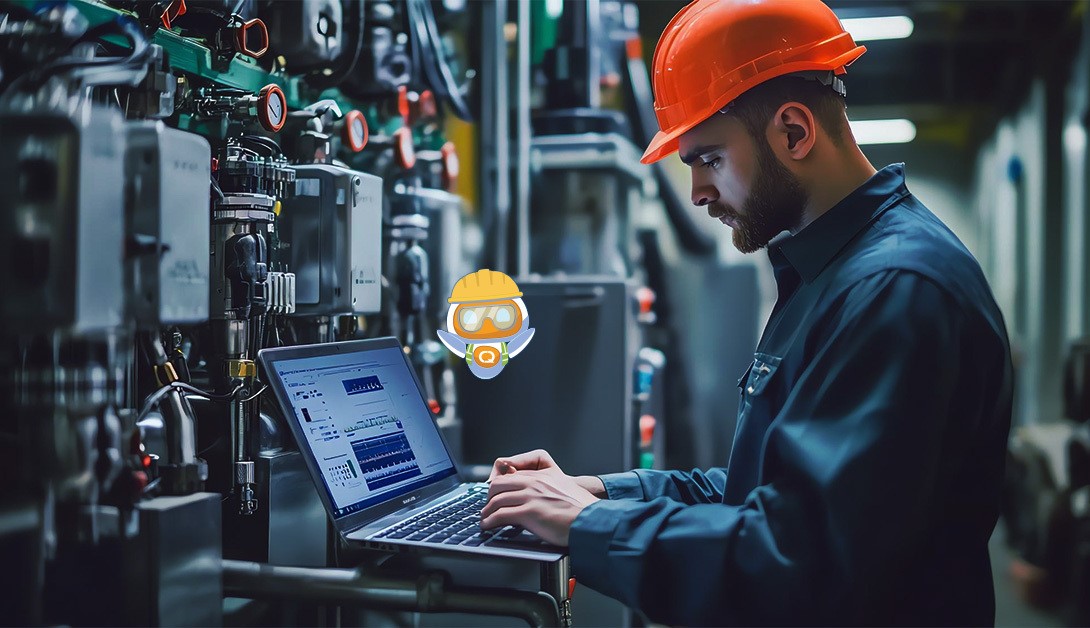9 Best LMS Features for Manufacturing to Train Workers and Ensure Safety Compliance
In the moving realm of the manufacturing industry, operations are heavily reliant on having a trained workforce in place at all times. Given the constant advancements in technology and strict safety protocols that companies must comply with, ensuring that employees undergo regular training sessions is crucial for their professional development and workplace safety.
1. Exploring Learning Management Systems in the Manufacturing Industry
Learning Management Systems create a hub for sharing material and monitoring employee advancement in various workplaces, such as the manufacturing sector, where safety and adherence to regulations are crucial aspects that must be maintained at all times. LMS for manufacturing provides adaptability by enabling employees to acquire knowledge at their own speed through tools like modules and quizzes, which help enhance the learning experience effectively.
2. Ensuring Safety Standards are Given Top Priority
Safety compliance is essential for manufacturing operations to run smoothly and securely. To prevent accidents and maintain a safe workplace, businesses must focus on training sessions. Using a Learning Management System (LMS) helps in sharing safety details with all employees so that they grasp rules and protocols. With functions like updates and alerts, staff members are kept up to date on safety measures.
3. Flexibility
Each manufacturing company has its own set of training needs that are distinct and specific to them. LMS selection should prioritize customization due to these requirements. Several platforms enable administrators to adjust content to meet needs, resulting in content that's both relevant and engaging. Furthermore, the ability to scale is crucial as companies expand.
4. Easy-to-Use Interface
Having an interface that's easy to use can make learning easier by making it simpler for users to navigate through content and features. This is key, especially when employees need to access training materials without any difficulties. Learning management systems that have user layouts are effective in guiding learners through a seamless learning experience, and providing guidance and readily available resources helps learners stay focused on learning rather than dealing with technical issues.
5. Mobile Accessibility
In the era of technological advances and digitalization, it is crucial to have access to mobile devices. Learning management systems with support enable staff to reach training resources at any place and time. This adaptability is especially advantageous for workers with varying schedules who may lack access to desktop computers. Mobile-compatible platforms increase convenience by allowing employees to finish coursework during breaks or at their residences. As a result, this fosters greater access and enhances positive achievements in the end.
6. Incorporating Multimedia Elements
To truly capture students' interest, using a mix of content styles is key. Think about adding videos or infographics to your training materials for a smooth learning experience. Learning management systems (LMS) that allow for multimedia content make it easier for learners to stay focused and understand the material better; visuals can be especially helpful in clarifying ideas alongside written text. By mixing up how you present information to employees, businesses can boost their ability to remember and use what they've learned effectively.
7. Keeping Tabs on Advancements and Achievements
Keeping an eye on how employees are doing is essential to evaluate the success of training initiatives. Learning management systems (LMS) offer in-depth data and reports that help administrators monitor each person's progress. Understanding completion rates and test scores provides insights for enhancement. Pinpointing where employees face challenges allows for tailored support to ensure everyone reaches the skill level.
8. Efficiency in Costs and Saving Resources
Switching to a Learning Management System (LMS) can result in savings for manufacturing firms. Ancient training techniques typically incur costs associated with travel, paper-based materials, and trainer charges. Going digital for training helps companies cut down on these expenses significantly. What's more, LMS platforms streamline operations by handling duties, enabling organizations to allocate resources to more vital tasks. Opting for an LMS is an investment decision for the long term.
9. Selecting the Learning Management System
Choosing the right LMS involves weighing factors as organizations need to review their training goals and appraise the features offered by different platforms for a better fit. Feedback from users and reviews offers customers information on the system's dependability and support services. Moreover, organizations can take advantage of trial periods to try out platforms before finalizing a decision.
Summary
In industries like manufacturing and production facilities, it's crucial to have a workforce that maintains safety standards and operational effectiveness at all times. A good Learning Management System (LMS) can make training more efficient by providing tailored options that can be scaled up easily while being accessible to all employees. Technology plays a role in improving employee competencies and fostering a productive workplace atmosphere.
Inspired by what you read?
Get more stories like this—plus exclusive guides and resident recommendations—delivered to your inbox. Subscribe to our exclusive newsletter
Resident may include affiliate links or sponsored content in our features. These partnerships support our publication and allow us to continue sharing stories and recommendations with our readers.

